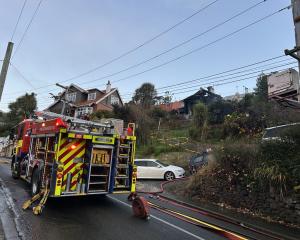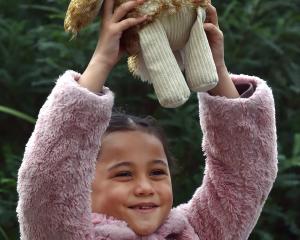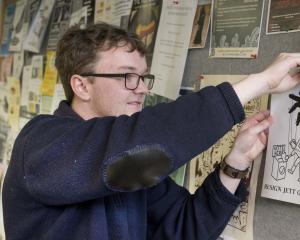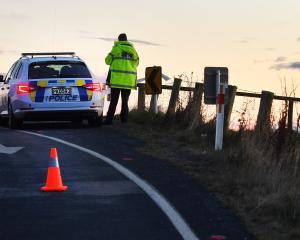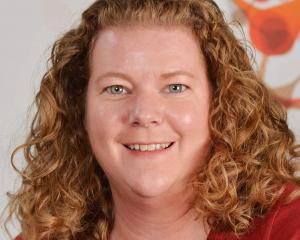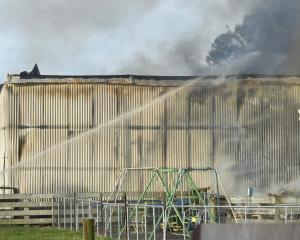The Seacliff asylum patients in a mass unmarked Dunedin grave need to be remembered, the man who discovered the burial site said.
Des Scully, of Perth, said that while researching his family tree he struggled to find information about his great-grandmother, Mary Scully, who lived in Otago.
Burial records for her did not exist, he said.
The search led him to the Seacliff Lunatic Asylum, where Mrs Scully was committed in 1886.
She had several children and was pregnant when her 40-year-old husband died of cholera.
About 10 years later, she was admitted to the asylum, which had opened two years earlier.
Gillions Funeral Services records showed she died in the asylum, aged 76, on December 29, 1918, and had no next of kin.
Her body was given to the Dunedin School of Medicine and five months later was buried in an unmarked grave at Andersons Bay Cemetery.
''This is a very sad event in our early settlers' history,'' Mr Scully said.
After Mr Scully told the Dunedin City Council of the burial, her details were entered on its cemeteries database.
The database shows Mrs Scully was buried in plot 13 of block 32 with Peter Bannantyne (78), who died on July 23, 1919, and Margaret Milroy (73), who died on July 16, 1919.
Mr Scully said the unmarked mass grave included 132 bodies from the asylum and other people who had died during the 1918-19 influenza pandemic.
Mr Scully paid for a plaque at the cemetery, acknowledging his great-grandmother, but he wants a memorial garden at the mass grave site, with a plaque naming each person buried there.
''I would like to think we could go some way to rectifying the past. Sure, it would be easy to sweep it all under the carpet, as has been done before, but I think we have a moral obligation to do better.''
Many families would be unaware they had ancestors buried in the grave, he said.
''There are 131 other people in there that are walked on and mowed on with no recognition at all. They deserve recognition.''
He was willing to make a donation to start a fund to create a memorial at the site.
Council parks, recreation and aquatics manager Mick Reece said Mr Scully should put the proposal to the council for consideration and staff would advise him of its feasibility.

